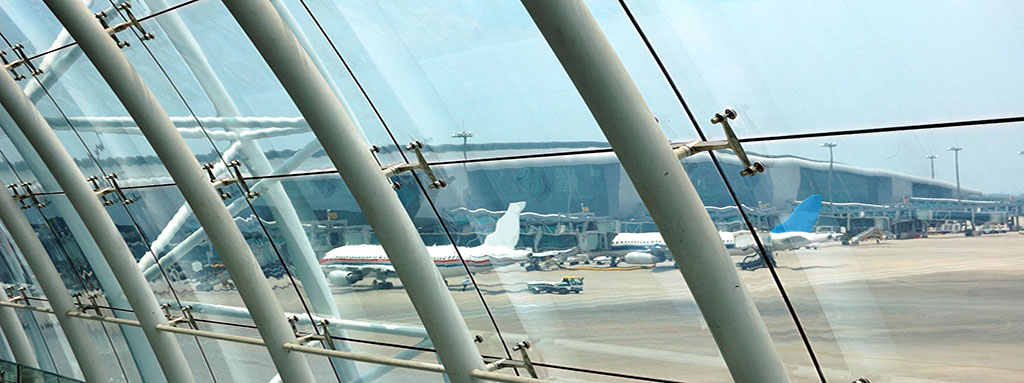Airport privatization remains an open debate. In the last 30 years the air transport industry has changed the world. Airports have become the gateway for millions of people. As a result, airports have also become in some instances quite profitable investments.
Those opposed to privatization argue that the airport industry is a natural monopoly, and therefore it should be run and controlled by the government for the public good. It is not fair that a private entity can profit from a public domain infrastructure.
Furthermore, private investors’ return on investment calculations do not account for the revenues generated by the business development of a region. As a result, they may take profits away without reinvesting them back into the airport. For example, a thriving tourist industry has been created in many barren areas after an airport was first developed at loss with public money.
Meeting opposing interests of both public and private parties is a real challenge.
Finally, noise and other environmental externalities generated by airports must be part of the deal. For example, very seldom the costs of noise pollution are included in the profit and loss sheet of a private airport. Too often politicians resort to public money to cover the costs of noise mitigation –even for private airports- to calm down annoyed and angry neighboring voters.
Proponents of private airports argue that privatization roots out inefficiency and introduces customer oriented management styles. State owned enterprises are notorious for being overstaffed with overprotected workers unaware of the realities of the market place.
Also, since governments are well known for overbuilding at taxpayer’s expense, excess capacity tends to be the trademark of many public airports. On the other hand, private investors ensure that only economically sound projects are undertaken. This is the case since they stretch out passenger throughput to the max before adding any new capacity.
Finally, privatization proponents also argue that public domain is no guarantee of the democratization of the industry. 40 years ago, only the rich and famous could afford flying on the state owned air carriers of the past. It was not until the deregulation and privatization of air carries in a competitive market that air tickets became affordable for all.
The question remains, what is in the public’s best interest? Is it public or private airports?
Academic studies using complicated financial ratios and productivity analysis are not conclusive. Depends. There are also many types of privatization. From contracting out only certain services, such as handling, restaurants or parking facilities to an all out selling of the airport facility, as in the transaction to sell off the British Airport Authority that took place with Margaret Thatcher in 1987. Many other intermediate steps exist.
One key factor is certain. The value of privatization is dependent upon competition. Without competition all privatization would be in vain. But we should make no mistake. The airport business is not as monopolistic as it seems. In the airport sector competition goes beyond regional or national boundaries. For example, coastline airports in Spain may find themselves competing for tourists with airports on the other end of the Mediterranean. Airlines serving sun-seeking passengers operate with airports offering the best deal. Little do they care if the airport is in Greece, Italy or Spain. They know that passengers follow.
I believe that in many cases the ideal solution is a public/private partnership. The public partner ensures that the long-term interests of the community are taken care of. The private investor ensures airport operations are run efficiently and no public money is wasted in building unnecessary infrastructure.
Meeting opposing interests of both parties is a real challenge. I won’t say daily coexistence is an easy task. It looks more like a wild roller coaster ride. But roller coaster rides, if your seatbelt is well fastened, are lots of fun.



